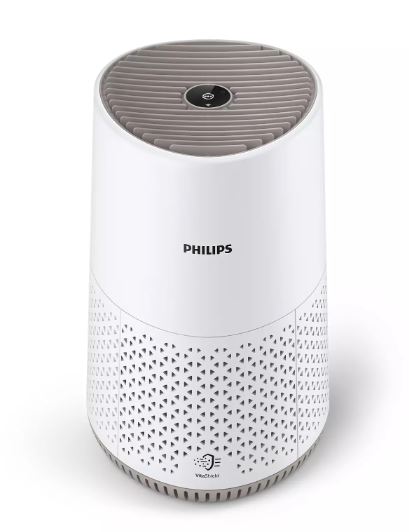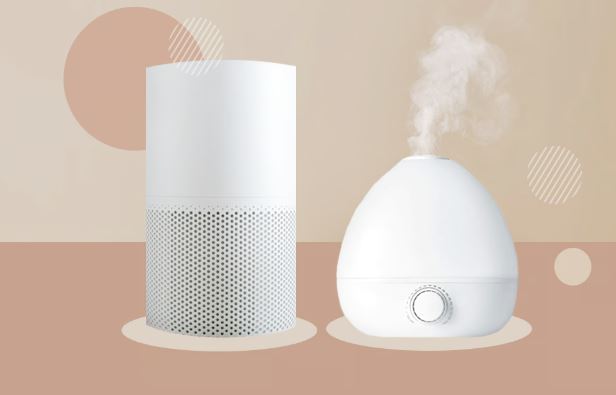Air Purifiers for Allergies: Breathe Easier and Live Better
Air Purifiers for Allergies: Breathe Easier and Live Better
Blog Article
In today's health-focused society, the air quality indoors and out has become an increasingly important consideration for homeowners and health-conscious individuals. With rising pollution levels and a better understanding of the influence of indoor air quality on overall health on our health, it's no surprise that the demand for air purifiers is on the rise.
Air purifiers are appliances that eliminate airborne contaminants in a given area, promoting healthier indoor air. They are particularly beneficial for those with allergies, asthma, or respiratory concerns as they can drastically decrease the levels of allergens, pollutants, and irritants in the air. Healthy individuals, too can take advantage of air purifiers, as they give added assurance and protect against airborne pathogens.
This article will dive deep into the world of air purifiers, discussing the perks they offer, the variety of options on the market, essential factors when making a purchasing decision, and maximizing your air purifier's potential. By the end, you should have a comprehensive understanding of air purifiers and be able to decide confidently about whether investing in one is the right choice for you and your loved ones.

Understanding Air Pollutants and Their Influence on Health
To understand why air purifiers are essential, it's essential to grasp the variety of contaminants they address and the potential consequences of prolonged exposure.
Indoor air pollutants can be broadly grouped into the following three categories:
- Airborne Particles: This includes solid particles and liquid droplets floating in the atmosphere. Examples include smoke, dust, pollen, pet dander, and mold spores. Particulate matter can trigger respiratory problems and cause allergic flare-ups.
- Volatile Organic Compounds (VOCs): VOCs are gaseous compounds released from solids and liquids. Sources of VOCs include aerosol sprays, cleaning products, paints, and pesticides, among others. Exposure to VOCs can lead to irritation of the eyes, nose, and throat, as well as headaches and nausea.
- Biological Hazards: These include various microorganisms, including bacteria, viruses, mold, and mildew. They can cause a variety of health problems, from allergy symptoms to more serious health risks.
The consequences of exposure on human health can greatly vary. For people with respiratory issues or a vulnerable immune system, exposure to indoor air pollutants can lead to significant health complications. For those in good health, long-term exposure to certain pollutants can impact respiratory health and overall well-being over time.

How Air Purifiers Work
Air purifiers use a combination of physical and chemical processes to trap and eliminate airborne pollutants. Understanding the fundamental processes employed by purifiers will help you grasp how they work and the variety of options on the market.
Here are the key processes and technologies used in air purifiers:
- Filtration Excellence: This is the most common method used in air purifiers. It involves using filters designed to trap airborne particles as air is forced through the purifier. The filter composition can differ, each designed to capture specific types of particles. For example:
- Initial Defense: Pre-filters: These are usually the first line of attack, capturing larger particles like dust, hair, and similar larger particles.
- HEPA (High-Efficiency Particulate Air) filters: HEPA filters are exceptionally efficient at trapping ultrafine particles, including pollen, dust mites, and some bacteria and viruses. To be labeled a genuine HEPA filter, it must effectively capture particles as small as 0.3 microns, with a minimum efficiency of 99.97%.
- carbon or charcoal filters: These filters are designed to effectively remove odors, VOCs, and gaseous compounds.
- The Power of Ionization: Ionizers use electricity to create an abundance of negative ions, which attach themselves to particles in the air. The charged particles are drawn to nearby surfaces or the purifier itself.
- Ozone: A Powerful Purifier: Some air purifiers use ozone as a potent disinfectant to destroy contaminants. While effective, ozone is a respiratory irritant so these types of purifiers should be used with moderation and in well-ventilated areas.
- UV Light: Shining a Light on Purification: UV light can be used to effectively eliminate bacteria, viruses, and mold. UV light and filters: a dynamic duo to capture particles first, followed by UV light to neutralize any remaining biological threats.
Choosing the Right Air Purifier
With a wide array of options available, selecting the perfect purifier can be a challenging endeavor. It's important to consider several factors to ensure you make the correct choice for your unique requirements and space.
Here are some key considerations:
- Sizing Up the Room: Air purifiers are typically designed for specific areas, so it's important to choose a model that can adequately cater to the room size. Most purifiers will list a maximum room size or a Clean Air Delivery Rate (CADR), which indicates the rate at which it can deliver clean air.
- Type of Contaminants: Identify the types of pollutants you want to target. If you suffer from allergies, look for a purifier with a HEPA filtration system. For reducing unwanted smells, consider a model with a carbon-based filter. If you're concerned about pathogenic microorganisms, a purifier with UV-C light might be best.
- Whisper-quiet Performance: Air purifiers can produce varying levels of noise, so if you plan to use it in a quiet bedroom or tranquil space, look for models with a quiet mode for undisturbed rest.
- Maintenance and Costs: Consider the regular maintenance and associated costs of the purifier. HEPA filters, for example, typically need to be replaced every 6-12 months, depending on use and environmental factors. Remember to budget for filter replacements when making your choice.
- Enhancing Your Experience: Many purifiers offer smart features like wireless connectivity, air quality sensors, and smart modes, allowing wireless control and real-time data. These features can enhance the convenience and effectiveness of your purifier.
Optimizing Performance of Your Air Purifier
Once you've invested in an air purifier and set it up, there are several things you can do to ensure it operates at maximum efficiency and delivers the optimal results:
- Strategic Positioning: Position your purifier in an open area, away from walls and furniture, to ensure optimal airflow. Avoid placing it near windows or doors as drafts can disrupt the purifier's effectiveness.
- Keep it Running: For the best results, it's recommended to run your purifier continuously. Many models have low-energy settings or automatic modes that adjust the fan speed based on air quality, so you can maintain clean air without running up a huge energy bill.
- Maintain the Filters: Regularly check and replace filters as recommended by the manufacturer. Over time, filters become clogged with particles, reducing the purifier's efficiency. Mark the date of replacement on your calendar so you don't forget.
- Minimize Indoor Pollutants: Alongside using an air purifier, take steps to minimize indoor air pollutants. This could include regularly vacuuming and dusting, using natural cleaning products, and minimizing the use of strong chemicals or aerosols. Report this page